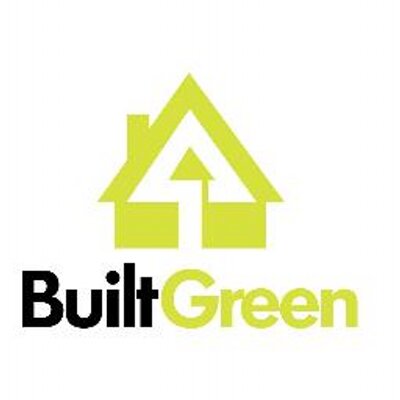 Tuesday, May 7, 2024
Tuesday, May 7, 2024  Tuesday, May 7, 2024
Tuesday, May 7, 2024 
Coinciding with Renovation Month, Built Green Canada, in partnership with Blue House Energy, launches their Whole-House Energy Retrofit online training course. This, in advance of a reintroduction of Built Green’s Renovation Program later this year.
There is an ever-louder call for solutions as Canada’s housing crisis continues, with many socioeconomic factors unresolved: inflation; the imbalance between supply and demand; population growth; supply chain issues; a shortage of trades; mortgage rule changes still being felt from 2018; and the impacts of the Russo-Ukrainian war, the armed conflict between Israel and Palestinian militant groups, and other conflicts.
The convergence of these factors (and others) is driving upward pressure on housing prices, making it difficult for many Canadians to afford a home. All the while, industry cannot build quality homes quickly enough; lower priced homes are increasingly in demand, as buyers who could previously afford a more expensive home must look at more affordable options. Others, who had been considering buying up, will remain in their own home and focus on upgrades—meanwhile, rent cycles continue.
Important work is being done to address these challenges, alongside incentives through government, agencies, corporations, and grass-roots organizations across the country. Meanwhile, the reality of Canada’s housing stock is that new construction represents a very small per cent of overall stock—so a critical way to accommodate the unmet housing demand is to better utilize existing homes and land. And as Canadians and all orders of government are increasingly focused on the environmental agenda, there is tremendous opportunity to reduce greenhouse gas emissions and strengthen the economy through energy-efficient retrofits of older homes. A study by Canada Mortgage & Housing Corporation (CMHC) revealed that older homes are the source of exponentially more greenhouse gas emissions than newer homes.
There are organizations that support industry in addressing such issues. Built Green Canada is a non-profit committed to working with industry interested in sustainable building practices, offering a full suite of affordable, third-party certification programs for the residential building sector, including renovations and restorations.
“As part of our mission to progress industry, we offer learning opportunities that enable incremental improvements to energy performance and comprehensive sustainable building practices,” says Built Green Canada’s Chief Executive Officer, Jenifer Christenson. “Given most of Canada’s housing stock is existing homes, we need to identify ways to encourage renovations, and one such way is education—we’re excited to partner with Blue House Energy on our Whole-House Energy Retrofit course. This aligns with our Renovation Program, which will be reintroduced later this year.”
The Whole-House Energy Retrofit course builds on industry’s knowledge, providing the bigger picture of an “envelope-first” approach. It encompasses the basement to attic, assessing energy usage and building envelope, air leakage and drafts, insulation levels, heating / cooling problems, and how to identify and address dampness and mold or mildew, which could lead to structural and / or health problems.
Participants will gain an understanding of what a whole-house energy retrofit is, what it’s meant to achieve, what one needs to know when working in the industry, and what to look out for when installing energy efficiency measures in homes—including avoiding unintended consequences of tightening the building envelope.
“Unlike many industries, professional development is a huge challenge for the residential construction industry,” says Blue House Energy Chief Executive Officer, Shawna Henderson. “Micro-businesses, those with less than four people on payroll, make up over seventy per cent of the industry. Professional development is expensive, and if you’re a small renovator or a builder, you don’t make money unless you’re on the tools—and so, self-directed, on-demand training bridges that gap.”
The curriculum aligns with Natural Resources Canada’s EnerGuide for Houses and dovetails with Built Green’s Renovation programs that include energy efficiency as a key focus and go on to other critical aspects of sustainable building—indoor air quality, carbon reductions, resiliency, water, and waste management, occupant wellness, and more. And, the program is complementary to the leadership efforts of the Canadian Home Builders’ Association’s and CMHC’s “Get it in Writing” initiative.
Since Built Green Canada’s inception in 2003, builders have worked with the organization to complete over 45,860 BUILT GREEN® certified single family, multi-family, and high density projects represented in Alberta, British Columbia, Saskatchewan, and Ontario (as at December 31, 2022).